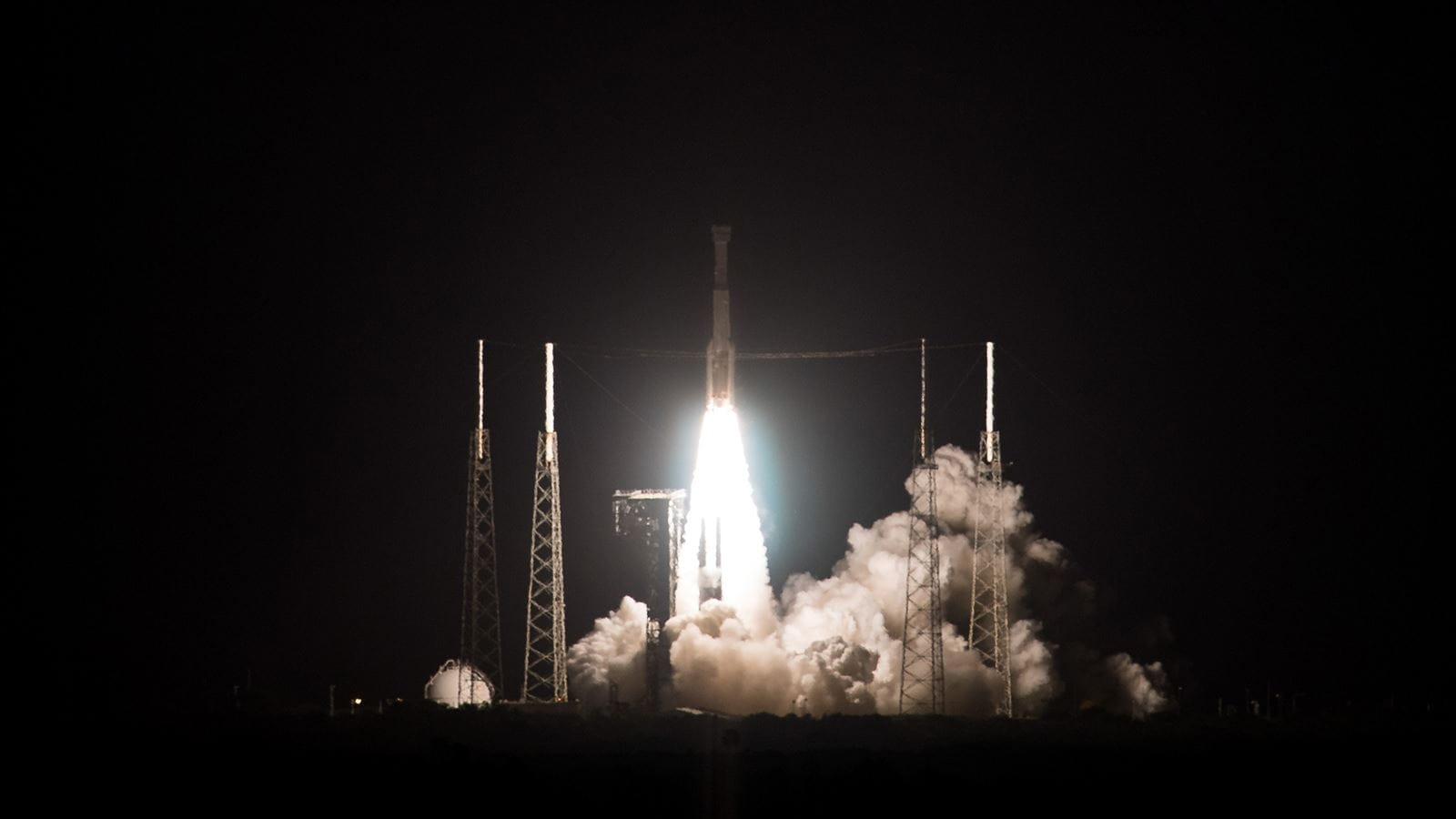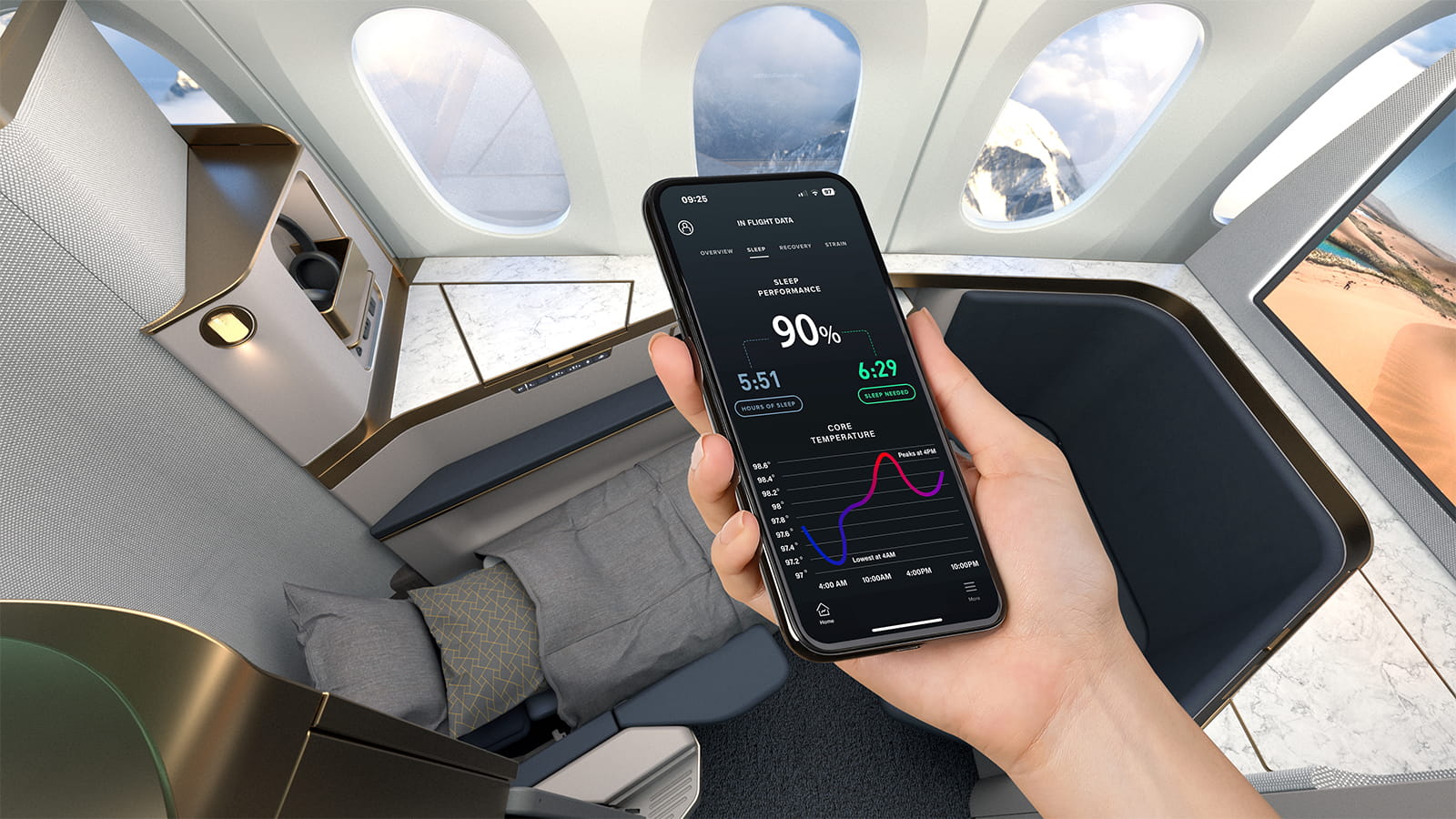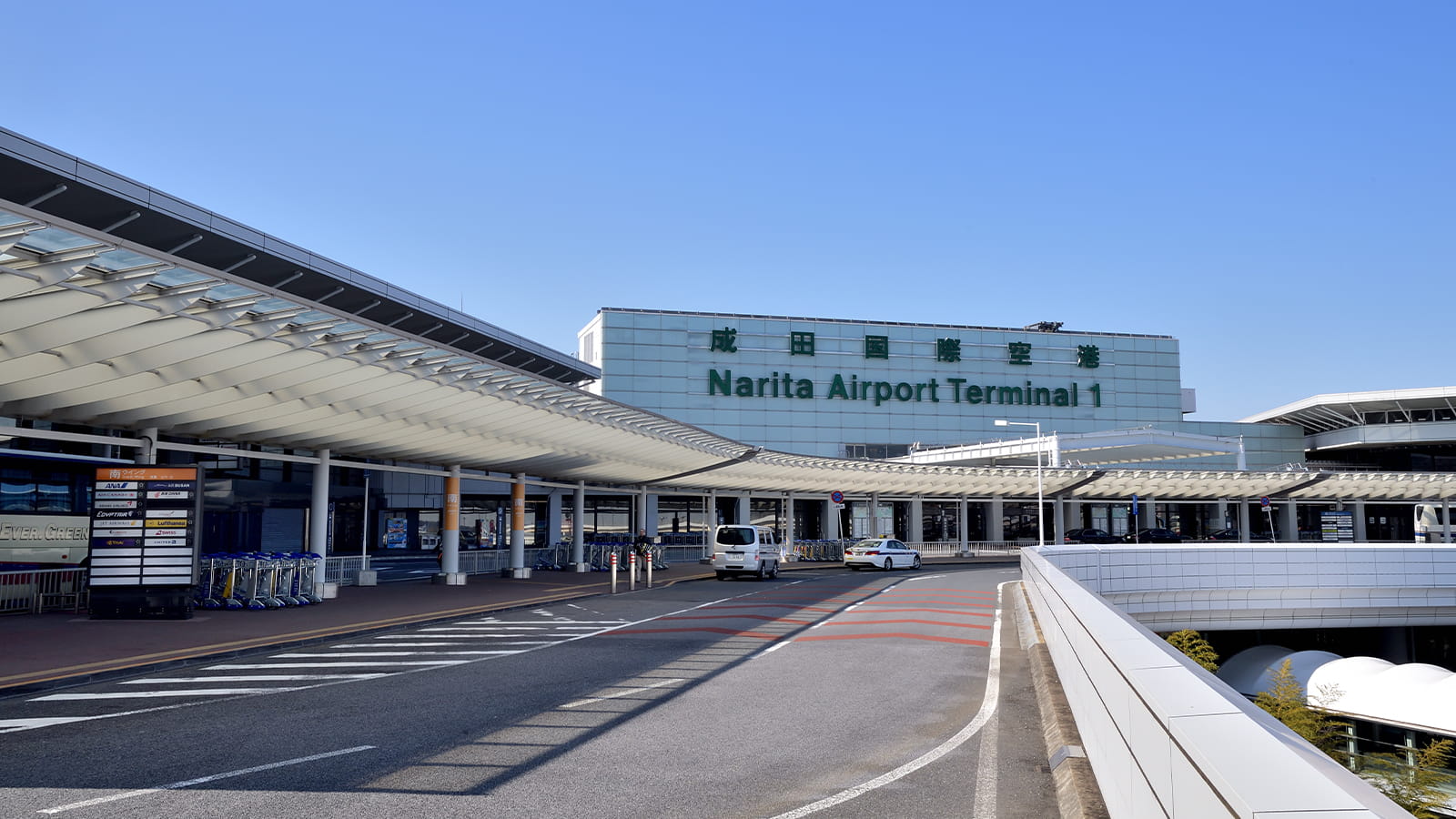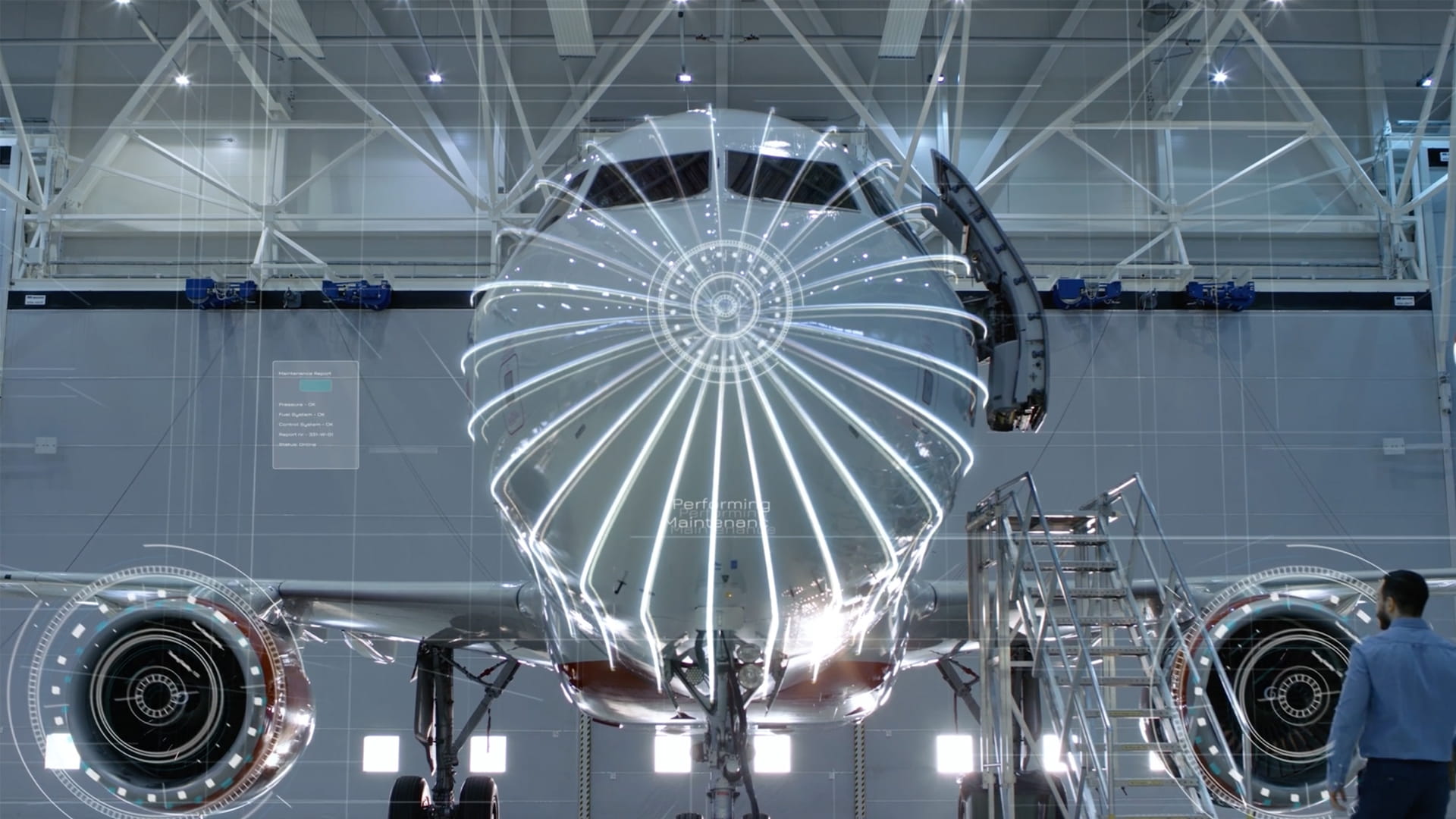Liftoff: Collins Aerospace life support tech goes off world on Boeing’s first Orbital Flight Test of the CST-100 Starliner
Collins Aerospace recently joined Boeing in celebration as the CST-100 Starliner successfully lifted off on its uncrewed Orbital Flight Test to the International Space Station (ISS) on Dec. 20. For Collins Aerospace, the launch signifies a proud achievement after seven years of dedicated work to develop critical components for the Environmental Control and Life Support Subsystems (ECLSS) and Active Thermal Control Systems (ATCS) needed for the new spacecraft. Even as an uncrewed flight, the Starliner capsule on orbit will return to Earth and fly again, next time with people on board, so having a fully functioning ECLSS now is essential to proving the system will work as designed on future crewed missions.
Under development in collaboration with NASA’s Commercial Crew Program, the Starliner will enable NASA to send astronauts safely and reliably to and from the ISS from the U.S. Since the retirement of the Space Shuttle in 2011, NASA has relied on foreign partners for transportation to space. Transporting astronauts to and from U.S. soil is pivotal to increasing commercial access to space.
“It’s incredible to be part of such an important program that will have a place as a major achievement in space history,” said Allen Flynt, general manager, Civil Space and Sea Systems for Collins Aerospace. “We congratulate Boeing and NASA on this milestone, and I’m also personally extremely proud of the Collins Aerospace team that helped make it possible due to their dedication and exceptional performance.”
Without a system to support them, humans enclosed in a relatively small sealed environment causes the air to become depleted of oxygen and even toxic with the buildup of carbon dioxide being exhaled. Additionally, the water vapor humans give off from both their breath and sweat, if not removed, would make the air very uncomfortable as humidity rises and condensation begins to build up on surfaces. But thanks to the Collins Aerospace ECLSS, the Starliner will have an Earth-like atmosphere for astronauts as they travel in the Starliner spacecraft. It protects and supports the crew by eliminating toxic threats and ensuring the air quality is safe and ideal for high-cognitive performance.
Collins Aerospace is no stranger to developing environmental control systems for spacecraft. Spanning 50 years back to the Apollo missions, the company provided the life support system for the Lunar Module, which famously was used as a lifeboat to safely bring back the astronauts of the Apollo 13 missions after an explosion occurred on the Command Module. Collins Aerospace has provided the environmental control and life support systems for the ISS since 2000, and has supported every spacewalk using Collins Aerospace's Extravehicular Mobility Unit (EMU) spacesuit. Collins Aerospace personnel monitor the vitals of the astronauts when they brave their way into space in the spacesuit which has enabled hundreds of safe, efficient missions.
Beyond the CST-100 Starliner, Collins Aerospace is also providing thermal control, life support, and power management and distribution systems for the Orion spacecraft being developed for deep space missions.




